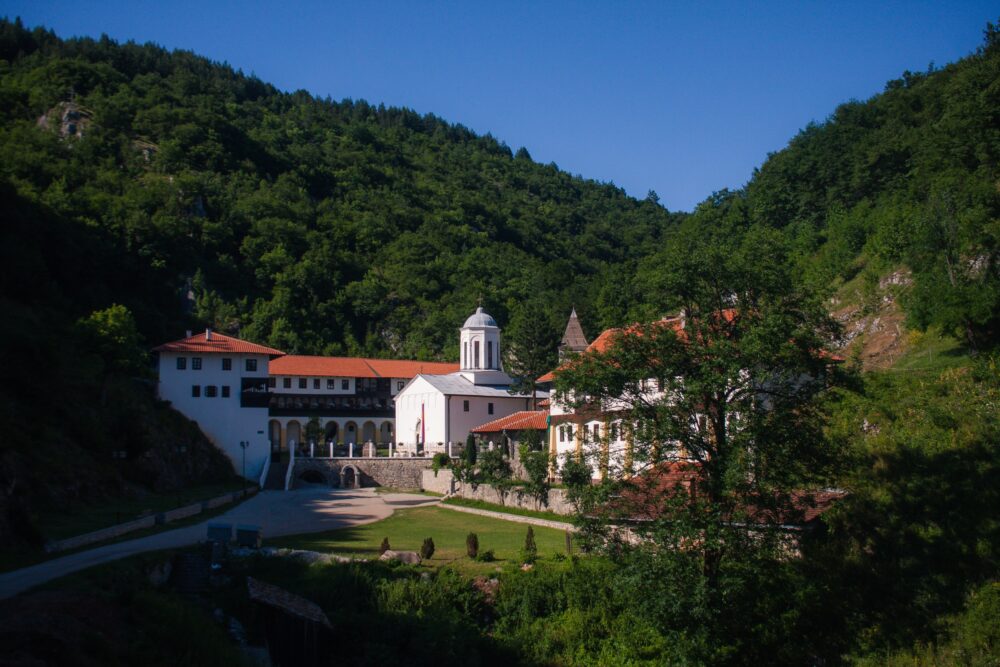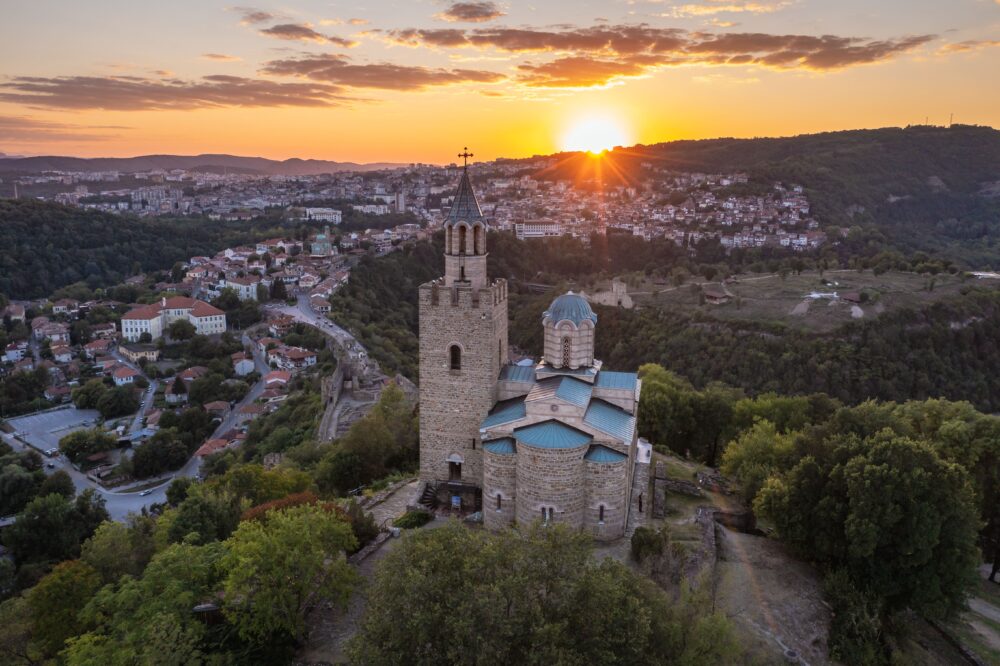Your definitive guide to these seldom-visited places
Pljevlja: A crossroads of culture and commerce
The main minaret of Pljevlja’s Husein-paša Mosque soars majestically into the sky. At forty-two meters high (one-hundred and thirty-eight feet), it is the tallest minaret in Europe. The mosque itself is a remarkable emblem of European history, yet it also signifies something else: the rich diversity of the Balkans and its culture, a place where influences from the north, south, east, and west meet to produce the truest of melting pots. This region doesn’t always receive the attention it deserves, which is why we are dedicating this article to three Balkan locales with enough history to keep your inquisitive mind piqued for months.

Since Roman times, Pljevlja has been a central point through which culture, religion, and business passed. That role as a crossroads which connected merchants with the Balkan interior influenced the gorgeous pre-historic and more modern architecture of this town. From the mosque we mentioned in the opening to the Monastery of the Holy Trinity to the Tara Bridge, which spans a deep valley lined with lush trees, there’s history in every inch of this place. We suggest visiting all three of these landmarks to truly understand the past of this city. Another site you can’t miss is the Stećak, a UNESCO Cultural Heritage Site and a series of medieval tombstones with intricate carvings. These graves, which number in the tens of thousands, are scattered around the region. Pljevlja and its natural surroundings have some of the best examples of Stećak. That blend of cultures and eras is also evident in more modern buildings like the Hotel Pljevlja, which takes cues from folk and national traditions and applies them to modern techniques.

Leskovac: A Bronze Age city for those who love archaeology
The Serbian city of Leskovac sits in the fertile Leskovian Valley. Since the Bronze Age some three thousand years ago, people have inhabited this place continuously. This deep history shines through in every corner of Leskovac. A great place to understand the most ancient inhabitants is to visit the National Museum of Leskovac, which displays artifacts that date back thousands of years. Through tools, art, and weapons, you’ll make a strong connection to the past. Leskovac also has many important monuments, chief among them the Odžaklija church or secret church, which was built during the First Serbian Uprising when the Ottomans forbade locals to worship. That the church was clandestine is obvious in its design: with its orange tiled roof and low gallery, it looks far more like a house! In addition, consider visiting the National Theater and Hisar Hill, which offers both historical ruins and a panoramic view of the city. More recently, Leskovac has been known as Serbia’s Little Manchester. Why? Because of its industriousness which started in the 19th century, especially around textile manufacturing. From that century on to the next, Leskovac grew into a vibrant and productive city. This prosperity is evident today in buildings and monuments all around town.

Veliko Tarnovo: The City of the Bulgarian Tsars
Along the Yantra River there stands a city of such import—yet with rather few overseas visitors—that it must be on your list for the Balkans. Veliko Tarnovo, sometimes referred to as the historical capital of the Second Bulgarian Empire, is brimming over with life and history, both ancient and modern. Many Bulgarian Tsars came and loved the place going as far back as the 13th century when Tsar Kaloyan of Bulgaria made it his capital. Some centuries later, Tsar Ferdinand of the house of Saxe-Coburg Gotha chose it as the spot to declare Bulgaria an independent state in October 1908. These deep roots into the past are clear in the historic architecture of the city. From ancient landmarks like Tsarevets palace and the Holy Forty Martyrs church to the more modern structures like the Monument Mother Bulgaria, the options for exploration are endless. The ideal way to experience Veliko Tarnovo is to tap into one of its historical practices: inns. Inns to house arriving travelers date back to renaissance times, and indeed some of the buildings still stand (visit the Inn of Hajji Nicoli, restored by the American, Edmont Beck or the Stambolov khan). Modern-day equivalents, especially in the old town, are common and a great way to maintain a wonderful tradition of the city. Then, take your meals to cafes and pubs. These establishments were long the centers of political and social life, places where people met to discuss and make important decisions. Finally, stroll through Gurko Street in the old town, the most picturesque place where you can really feel the pulse of this city and its past.
